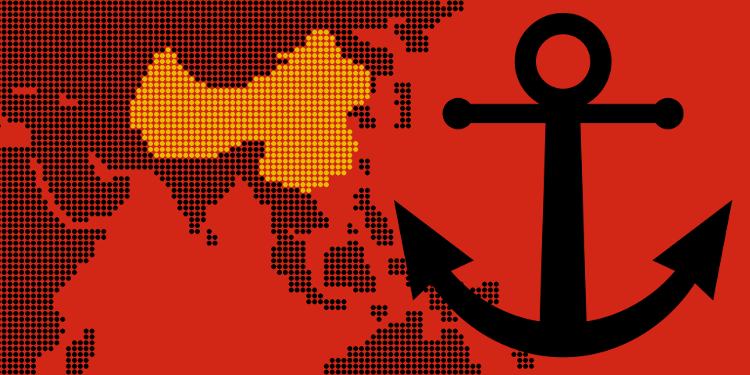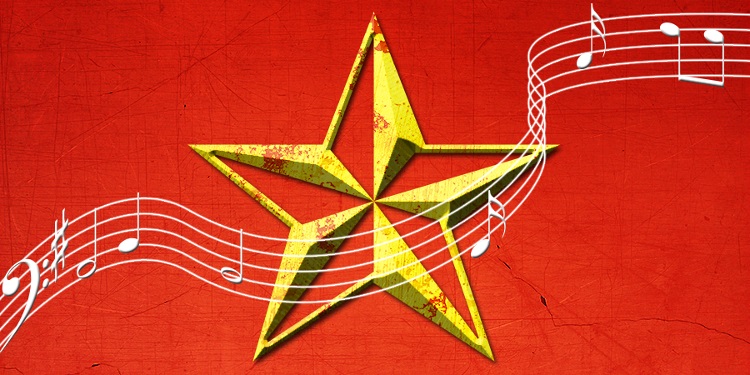North Korea inches further and further toward talks with the US. China fears this. If Kim Jong-Un get in the same room as the man who wrote The Art of the Deal, North Korea could become a stronger ally to the US than even South Korea overnight. That would likely lead to a quick reunification of the Korean Peninsula, as well as other shifts in power, even before any alliance might be formalized. But, Trump’s deal-making reputation should bring no shocks to what is about to transpire in the Singapore Summit.
Then, there’s China, about to be left behind. The hardline crackdown on free speech throughout China won’t be without consequence. Symphony has been saying so for years; Albert Ho effectively said the same, quoted in a Bloomberg article dated June 4. Party power is getting brittle. But, the consequences of brutal brittality are rarely explored. So, here goes.
Hong Kong won’t shut up anytime soon. The whining, whimpering bratty students of Hong Kong may be wrong to demand rights when freedom was largely handed to them by the British. But, those bratty students sure are drawing a press load of attention to China. That alone should be a heavy factor in logistics calculation. Hong Kong is a megaphone for any anti-China sentiment because the world reads about Hong Kong every day. After all, Hong Kong is “Asia’s World City”.
But, then there’s the problem of cracking down within “China proper”, the Mainland governed directly by Beijing, not a SAR like Hong Kong or Macau. If China considers friendly sarcasm to be a threat within China—that means tech companies and hardware manufacturers won’t have candid conversations about quality control and competitive design. Once free speech becomes a minefield, people will divert mental resources away from fee and open brainstorming toward making sure that they don’t say anything offensive. The key to good brainstorm sessions and innovation is that nothing is off the table and no one is allowed to take offense at anything whatsoever. That’s can’t happen in China anymore. Bye-bye Western manufacturing paradise. It’s only a matter of time before Western outsourcing brands figure it out. One little story, like an innovator being locked up for a tech suggestion because it was interpreted as “opposing to the Party”, might plunge Chinese factory stocks into the void below.
“Single-Party Rule” is the key topic now, at least according to Western papers. That’s the protest mantra in Hong Kong. It’s the talking point of headlines and marches. It is the so-called “problem” as is being presented to the world. The Western press is on a path for reporting a narrative that stirs sentiment for two-party rule in China. Whether it’s a typhoon, an earthquake, a solar flare, or some other “act of God”, if China suddenly adopts a two-party system, Western newspaper readers will have already been prepped to think it is a good thing.
Then, there’s Vietnam, exploring foreign investment “zones”. Deserved or unfair, distrust is stirring against China as a place of investment. This will have a double-edged effect in Vietnam. Firstly, Western manufacturing will flock to Vietnam as a way of fleeing the newspaper villain, China. But, with a Communist Party having total rule in Vietnam, Western investors will demand certain assurances before dumping too much money into yet another single-party market. Sooner or later, we could be looking at Vietnam adopting a friendly two-party system as a stronger strategy of competing with China. That will only add to the momentum of change in East Asia.


